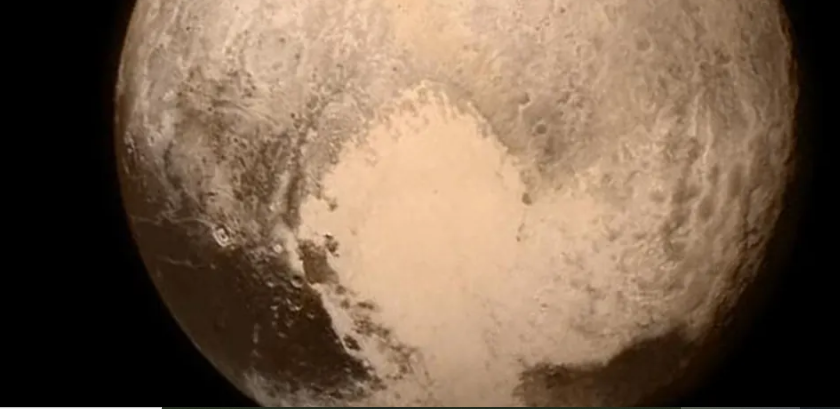The growing rift between President Donald Trump and SpaceX CEO Elon Musk is casting a long shadow over the future of the U.S. space program, as NASA faces unprecedented budget cuts under the White House’s latest spending proposal.
The proposed budget, submitted to Congress this week, slashes NASA’s funding by nearly 25%, prompting concerns from scientists and space industry experts. Forty science missions — including operational projects and those in development — are now at risk of being terminated. Only programs related to sending humans to Mars have received increased funding, with an additional $100 million earmarked for deep space exploration.
The escalating dispute between Trump and Musk, triggered by Musk’s criticism of the administration’s budget bill, has further destabilized NASA’s planning. Trump has threatened to pull federal contracts from SpaceX, despite the company’s critical role in U.S. space operations. SpaceX provides the Falcon 9 rockets that transport astronauts and cargo to the International Space Station and is developing the Starship rocket, central to NASA’s plans for lunar and Martian missions.
Dr. Simeon Barber, a space scientist at the Open University, warned that the political turbulence is undermining long-term planning. “The astonishing exchanges, snap decisions, and U-turns we’ve witnessed in the last week undermine the very foundations that we build our ambitions on,” he said.
The White House has defended the cuts as necessary to “align NASA’s science and technology portfolios” with its strategic goals, which now prioritize beating China to the Moon and planting a U.S. flag on Mars.
Critics say the cuts could amount to the biggest crisis NASA has ever faced. “This is a fundamental shift,” said Dr. Adam Baker of Cranfield University. “President Trump is repurposing NASA for political milestones. Everything else — climate research, planetary science, international collaboration — is secondary.”
Among the most controversial changes is the plan to phase out NASA’s Space Launch System (SLS), a rocket that has suffered repeated delays and cost overruns, with each launch estimated at $4.1 billion. Instead, the administration hopes to rely on commercial alternatives like SpaceX’s Starship and Blue Origin’s New Glenn — though neither has yet proven reliable.
Some observers warn that NASA could be placing too much trust in private companies. “If SpaceX or Blue Origin run into trouble or demand more funding, Congress will have no choice but to meet their terms,” said Dr. Barber.
International partners have also raised alarm. Two joint missions with the European Space Agency (ESA) — including the Mars Sample Return and the Rosalind Franklin Rover — are in jeopardy. ESA may also face reduced access to the International Space Station and NASA’s planned Lunar Gateway due to shrinking U.S. involvement.
ESA has stated it will pursue greater autonomy in response. “Maybe we’ve been too reliant on NASA,” said Prof. Sir Martin Sweeting, co-author of a recent Royal Society report. “This is an opportunity for Europe to reassess its space strategy.”
The proposed budget also targets NASA’s Earth observation programs, raising fears about the impact on climate research. “These programs are our canary in the coal mine,” warned Dr. Baker. “If we lose these tools, our ability to understand and respond to climate change is drastically weakened.”
Though the budget has not yet been approved by Congress, insiders say many Republican lawmakers are reluctant to support the cuts. Still, space advocates fear that political gridlock could result in the reduced White House budget being implemented by default — a scenario that could permanently shutter missions and research programs.
“This is not just about rockets and astronauts,” said Casey Dreier of the Planetary Society. “It’s about whether the U.S. will continue to lead in space exploration, or turn its back on decades of investment and international cooperation.”


